In Milan, Assab One’s Studio 3 welcomes the new site-specific installation by Mikayel Ohanjanyan (Yerevan, 1976), a work created specifically for the spaces of the former printing company, curated by Mazdak Faiznia. Five massive basalt blocks of various sizes, wrapped with steel cables that hold them to the ground, occupy the entire exhibition space, creating a physical and symbolic tension between the stones and their bond with the earth. The work, on view from Sept. 27 to Nov. 8, is a reflection on the theme of bonds, investigating their many forms, from interpersonal ones to those with nature, the universe and the inner and outer worlds.
On the surfaces of these stone elements, splinters cast in lead bear the repetitive phrase, “And... what if there were no writing?” This question, which gives the exhibition its title, invites the audience to reflect on the deeper meaning of writing and the bonds it generates and preserves. Ohanjanyan interweaves his artistic research with the history of the place that houses the work, a former paper printing warehouse, emphasizing the value of writing as an essential medium for communication and memory.
“Writing, in its deepest essence, is more than just a means of communication: it is a bridge between the past and the present, a witness to our being and a vehicle of knowledge and knowing,” explains curator Mazdak Faiznia. “Mikayel Ohanjanyan’s installation, created for the spaces of Assab One, stems from a reflection on the history of the place that houses this work: a space with a long tradition related to writing, a former print shop where art catalogs and encyclopedias were published. His current research focuses on the theme of ”ties,“ which are always the result of deep observation of the infinite forms of human ties: ties with ourselves, between our inner and outer worlds, with others, physical or metaphysical, with nature and the universe. On this occasion the artist addresses the theme of writing, aware of its importance in our civilization, but also of its duality. The question ’What if there were no writing?’ is not just a provocation, but an invitation to rethink this fundamental medium, perhaps to reevaluate how we use it and consider how we might transcend it.”
Ohanjanyan, born in Yerevan in 1976, studied at the Yerevan State Academy of Fine Arts and the Florence Academy of Fine Arts. His international career is marked by participation in the 56th Venice Art Biennale, where the Pavilion of Armenia, to which he contributed, won the Golden Lion. Among numerous awards, he boasts prestigious prizes such as the Targetti Light Art Prize and the Henraux Prize. Currently, he is engaged in a project to create liturgical works for the Don Giovanni Bosco Church in Bagheria, selected by the CEI / Vatican in 2021.
The installation at Assab One represents the most recent phase of his artistic research, which continues to explore themes of the connection between people, the environment and the invisible forces that shape our lives.
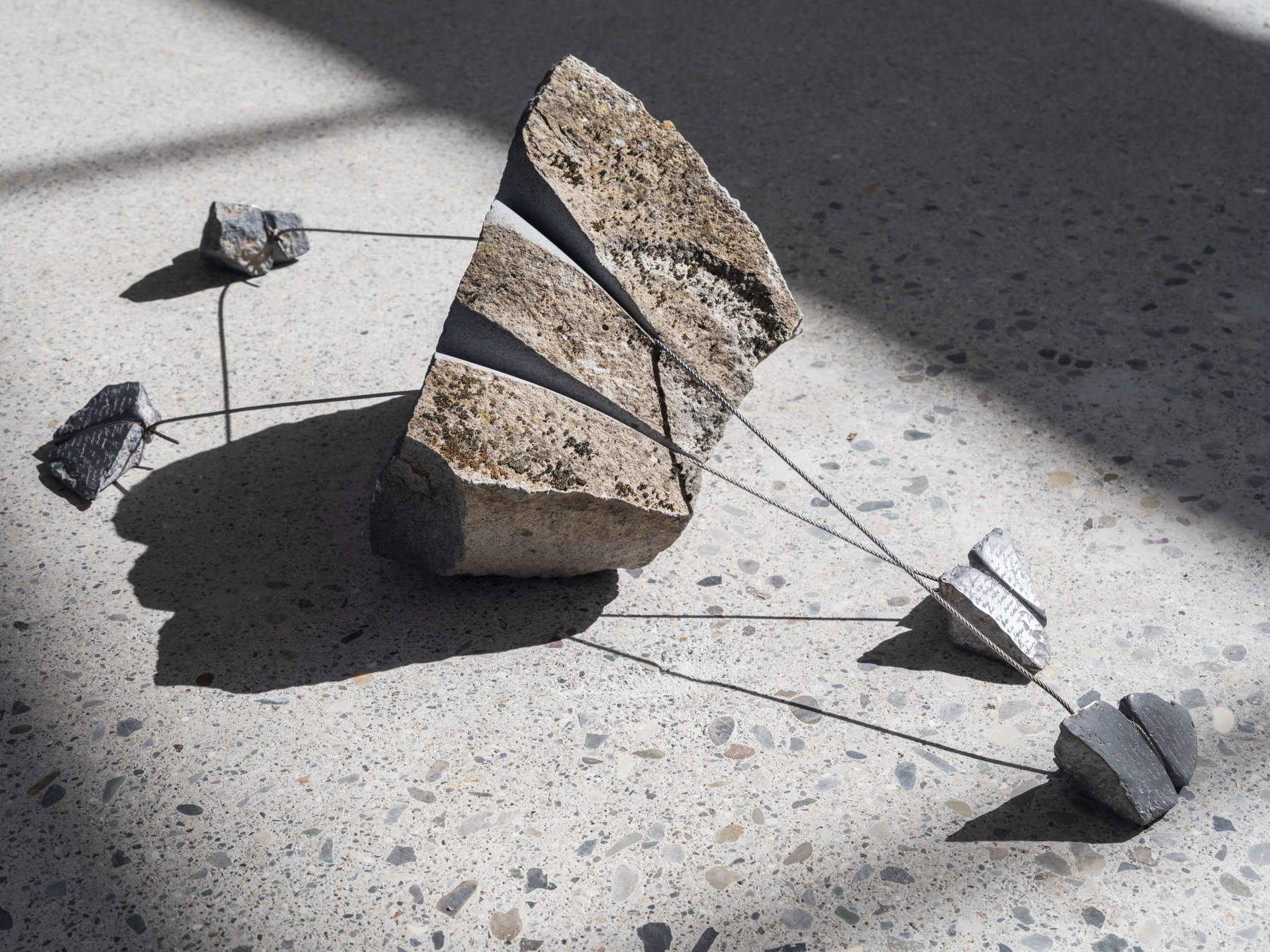
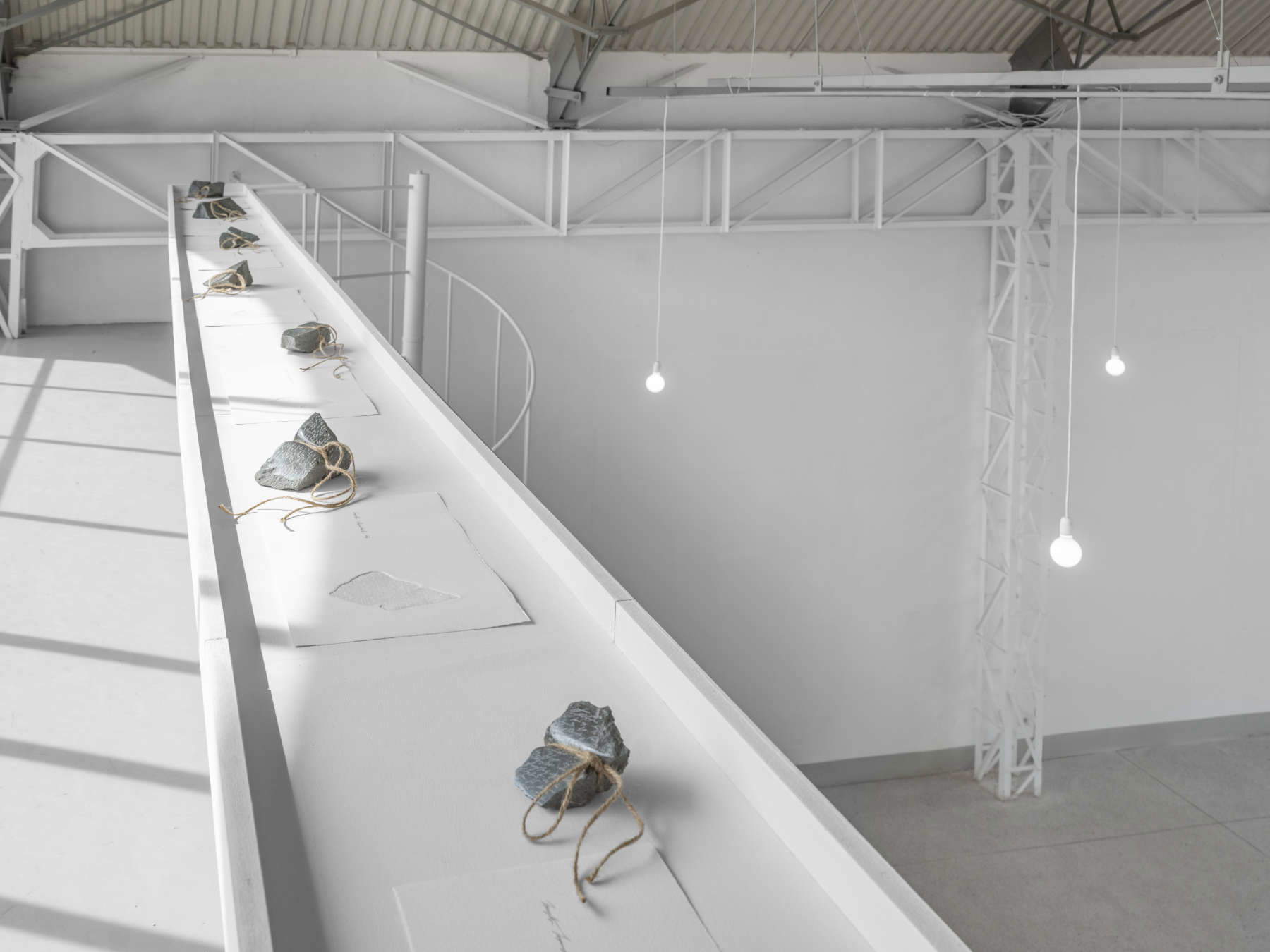
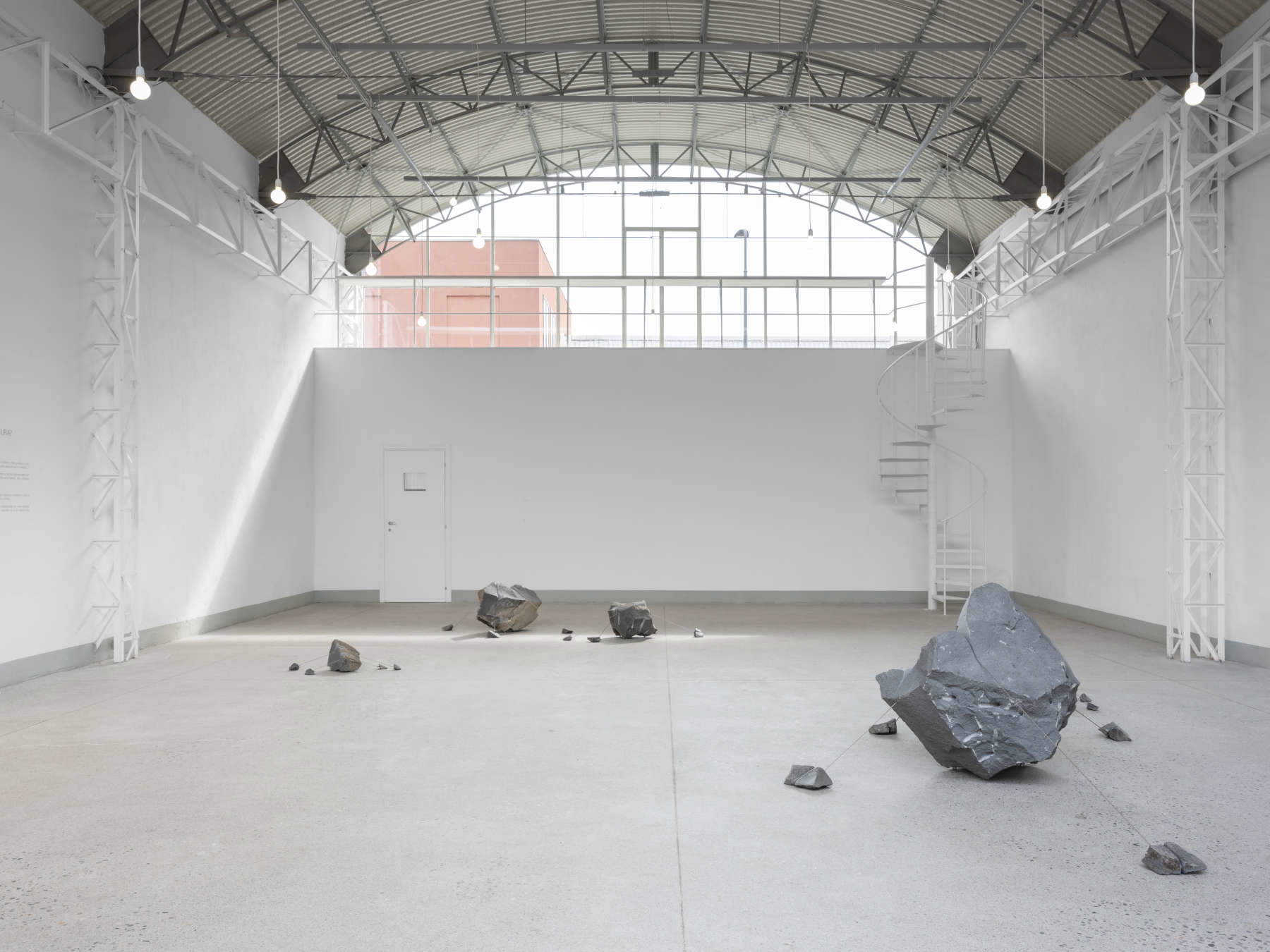
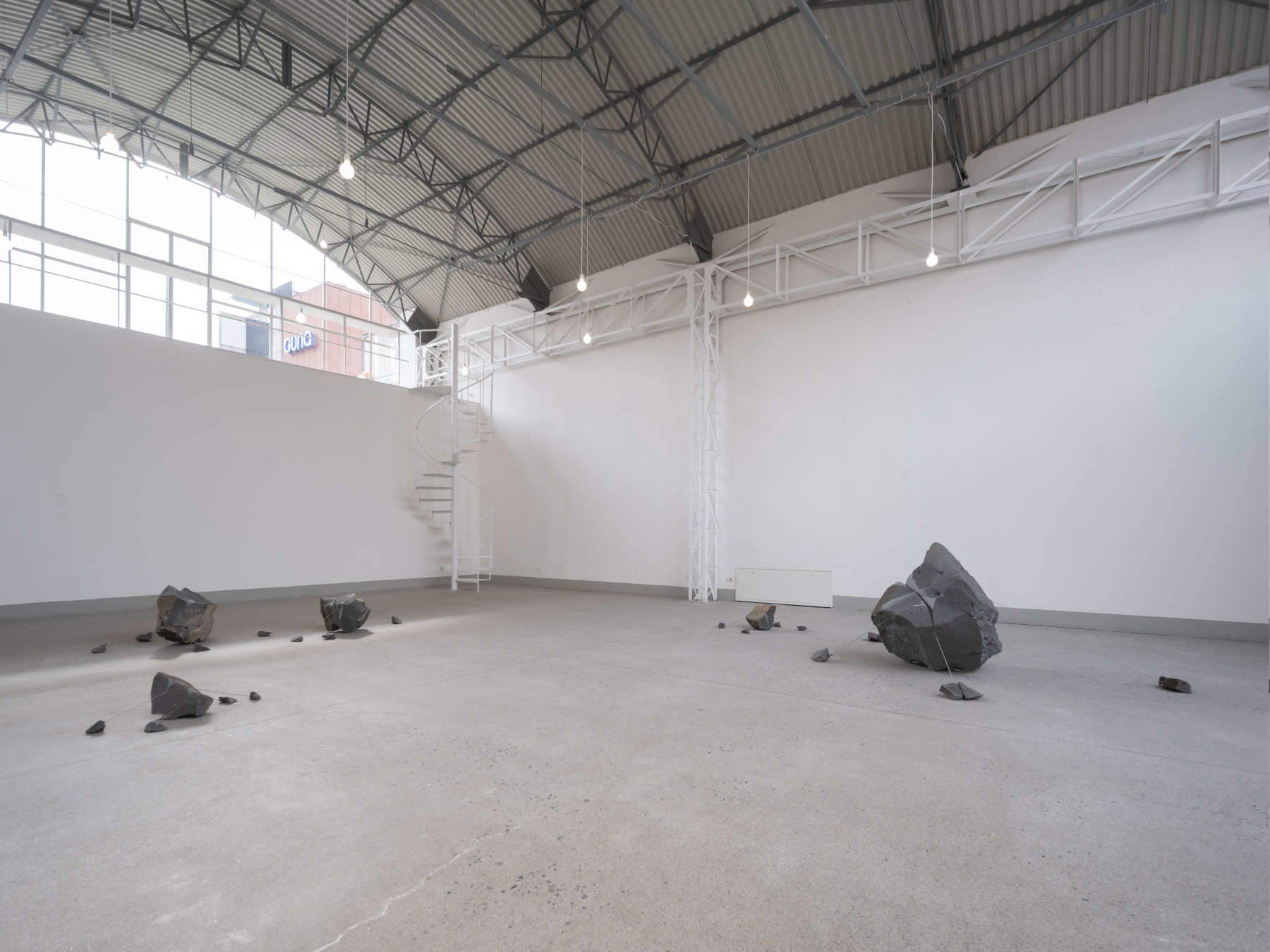
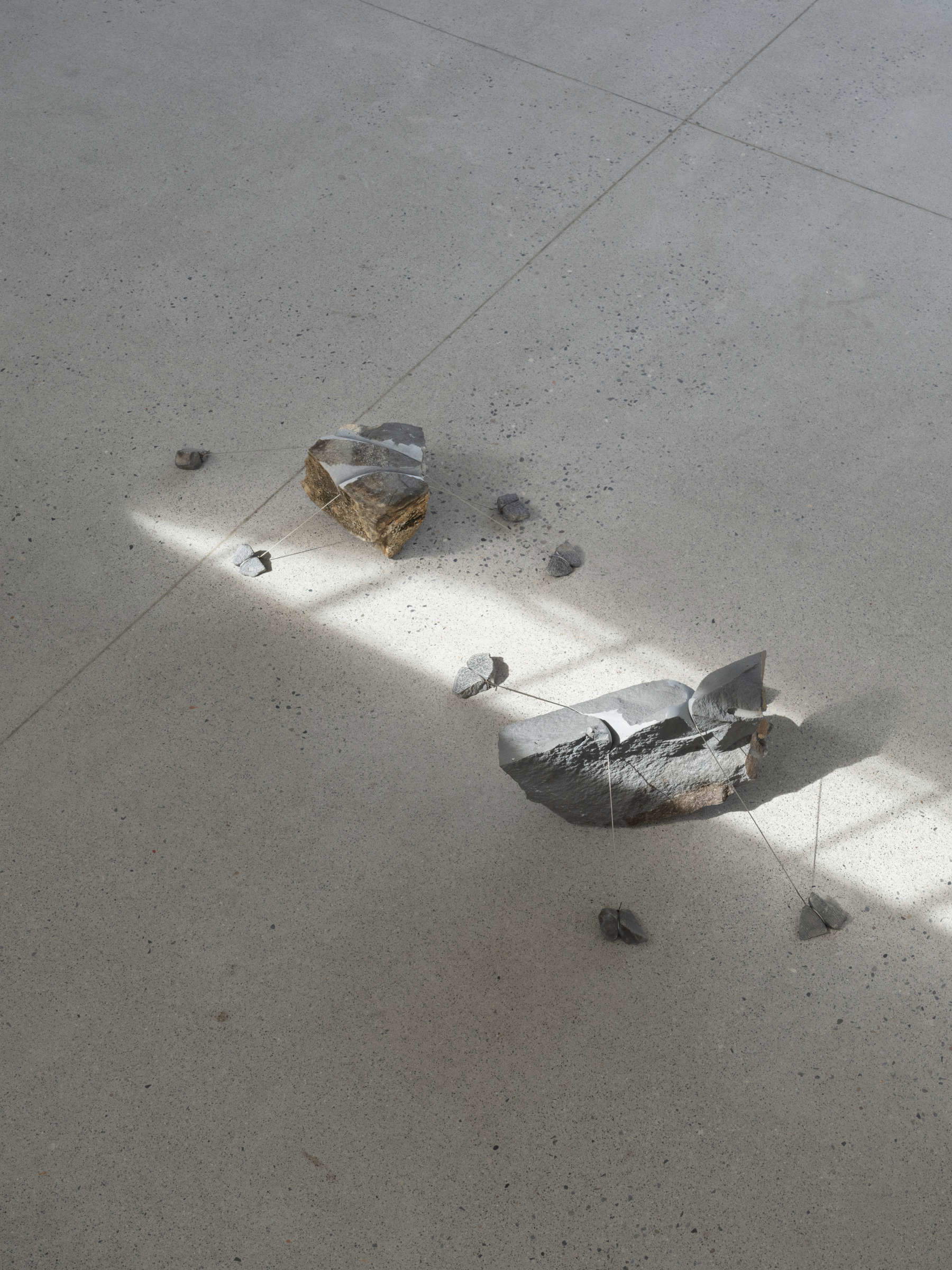
 |
| Mikayel Ohanjanyan explores the theme of ties with a site-specific installation in Milan, Italy |
Warning: the translation into English of the original Italian article was created using automatic tools. We undertake to review all articles, but we do not guarantee the total absence of inaccuracies in the translation due to the program. You can find the original by clicking on the ITA button. If you find any mistake,please contact us.